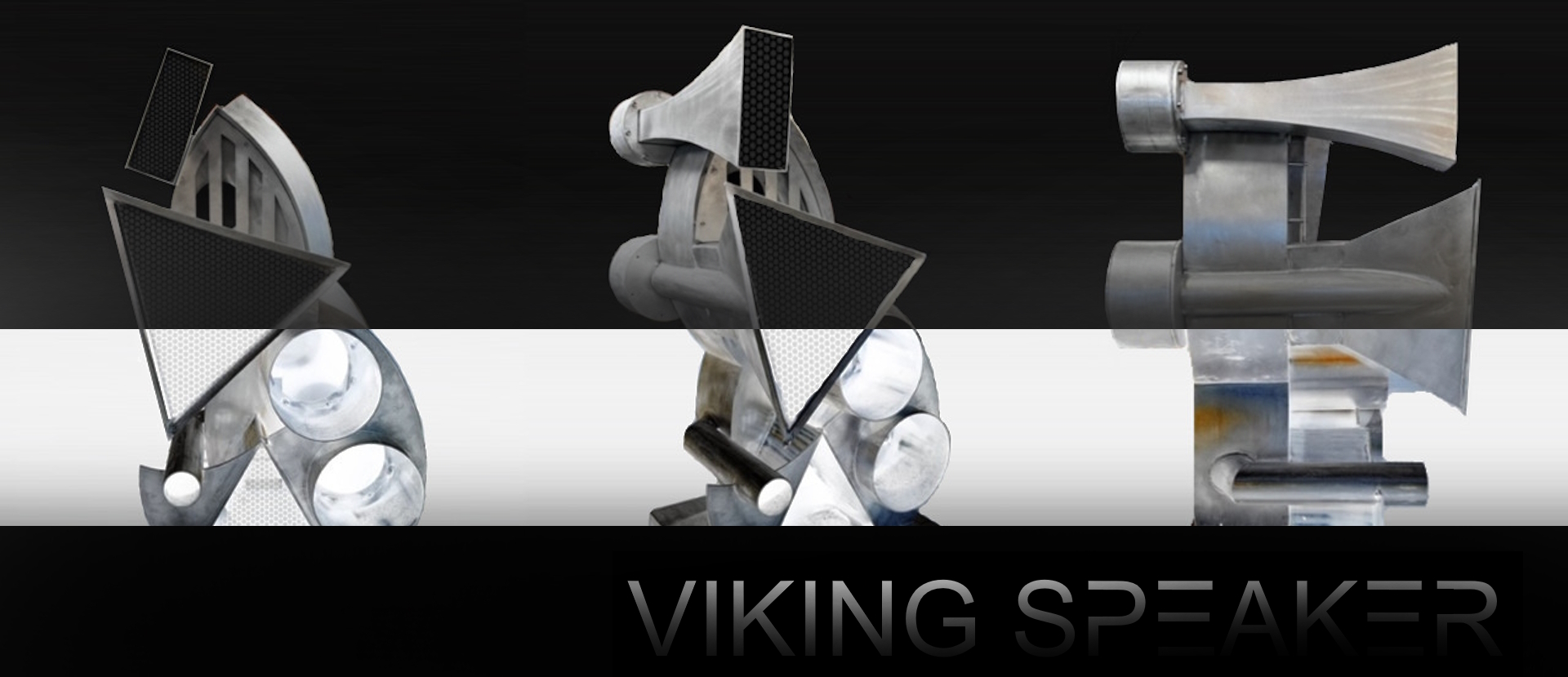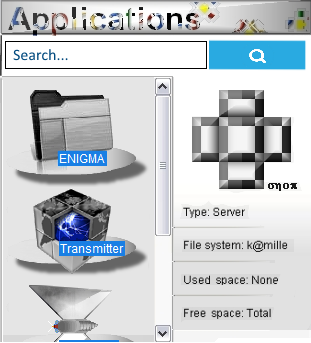- Imperator | Account: -5671273 SHARES. -0
- 649 views
- Comments
- No comments yet.
- Imperator | Account: -5671273 SHARES. -270
- 47777 views
- Comments
- No comments yet.
- Imperator | Account: -5671273 SHARES. -0
- 1354 views
- Comments
- No comments yet.
- Shareholder | Account: 121 SHARES. +0
- 2390 views
- Comments
-
 Hawkeye
Well doesn't that look tempting?
Hawkeye
Well doesn't that look tempting?
- Shareholder | Account: 121 SHARES. +0
-
"Looking damn good!" - Private Album 
- 2396 views
- Comments
-
 Hawkeye
Looking damn good!
Hawkeye
Looking damn good!
- Shareholder | Account: 1632 SHARES. +270
-

- 3528 views
- Comments
- No comments yet.
- Shareholder | Account: 82713 SHARES. +0
-


- 3283 views
- Comments
- No comments yet.
- Imperator | Account: -5671273 SHARES. -0
- 5357 views
- Comments
- No comments yet.
- Imperator | Account: -5671273 SHARES. -0
- 7704 views
- Comments
- No comments yet.
- Imperator | Account: -5671273 SHARES. -0
- 7828 views
- Comments
- No comments yet.
- Imperator | Account: -5671273 SHARES. -0
- 8309 views
- Comments
- No comments yet.
- Imperator | Account: -5671273 SHARES. -0
- 9953 views
- Comments
- No comments yet.
- Imperator | Account: -5671273 SHARES. -0
- 12938 views
- Comments
- No comments yet.








 Anonymous
Anonymous













